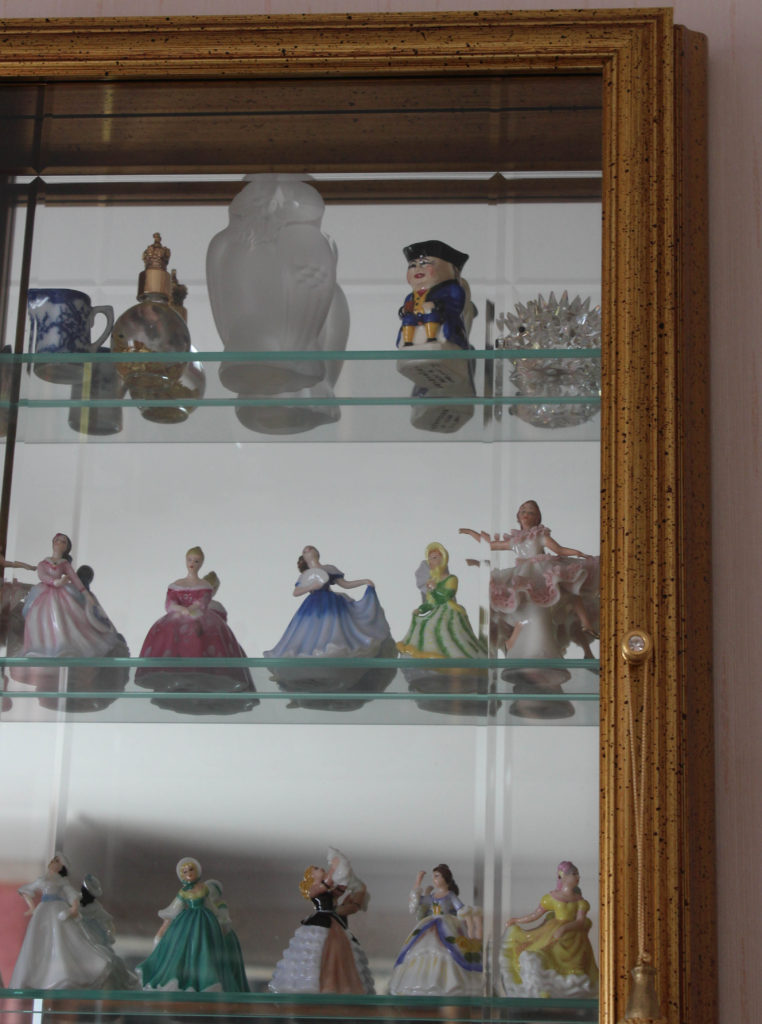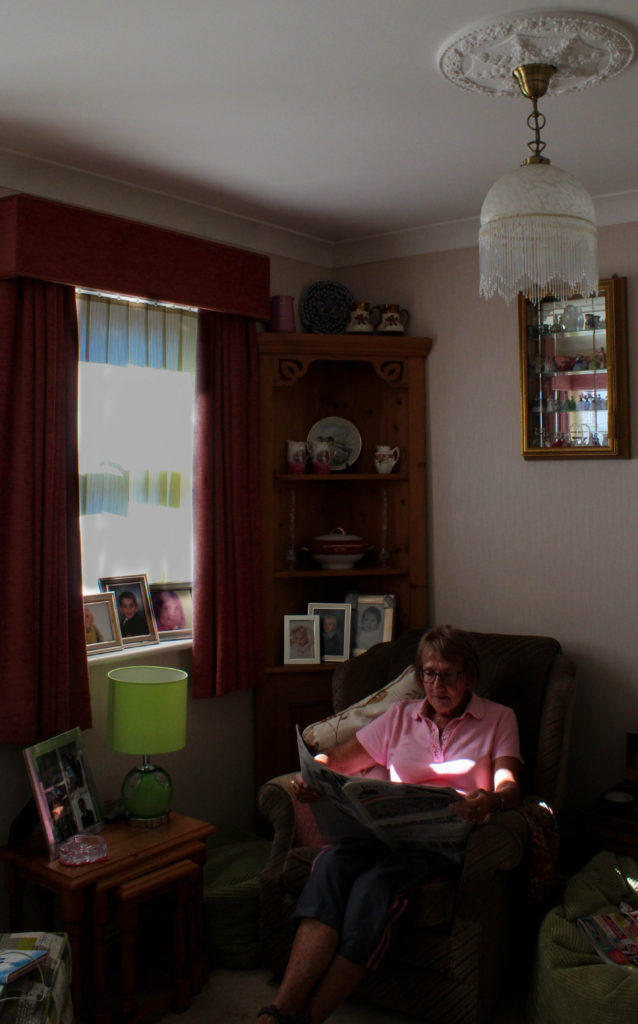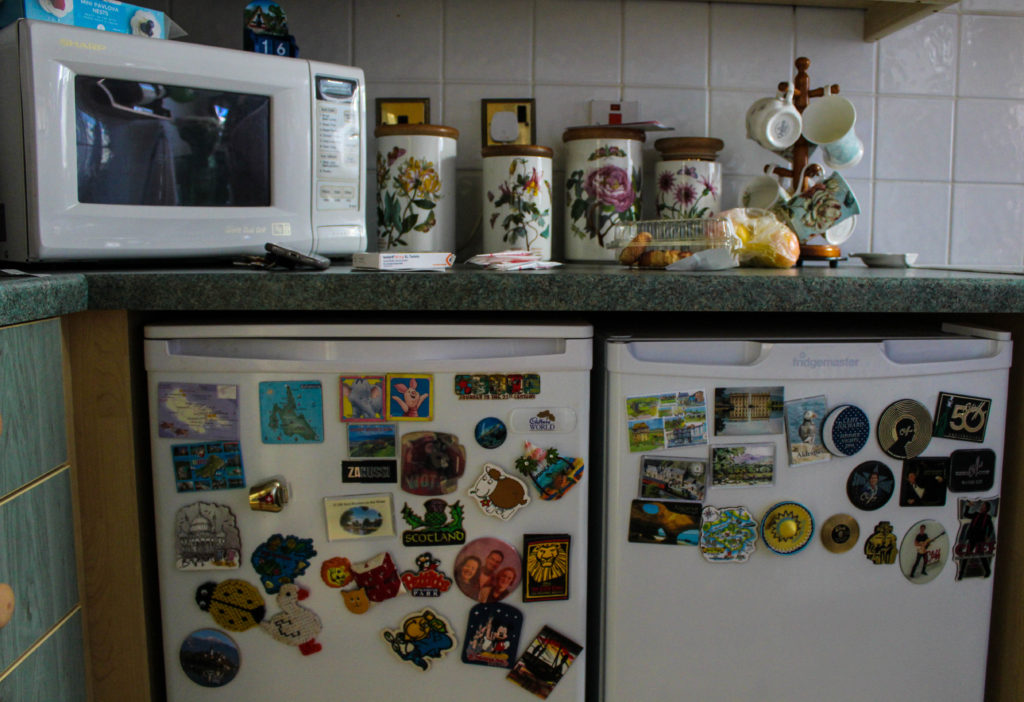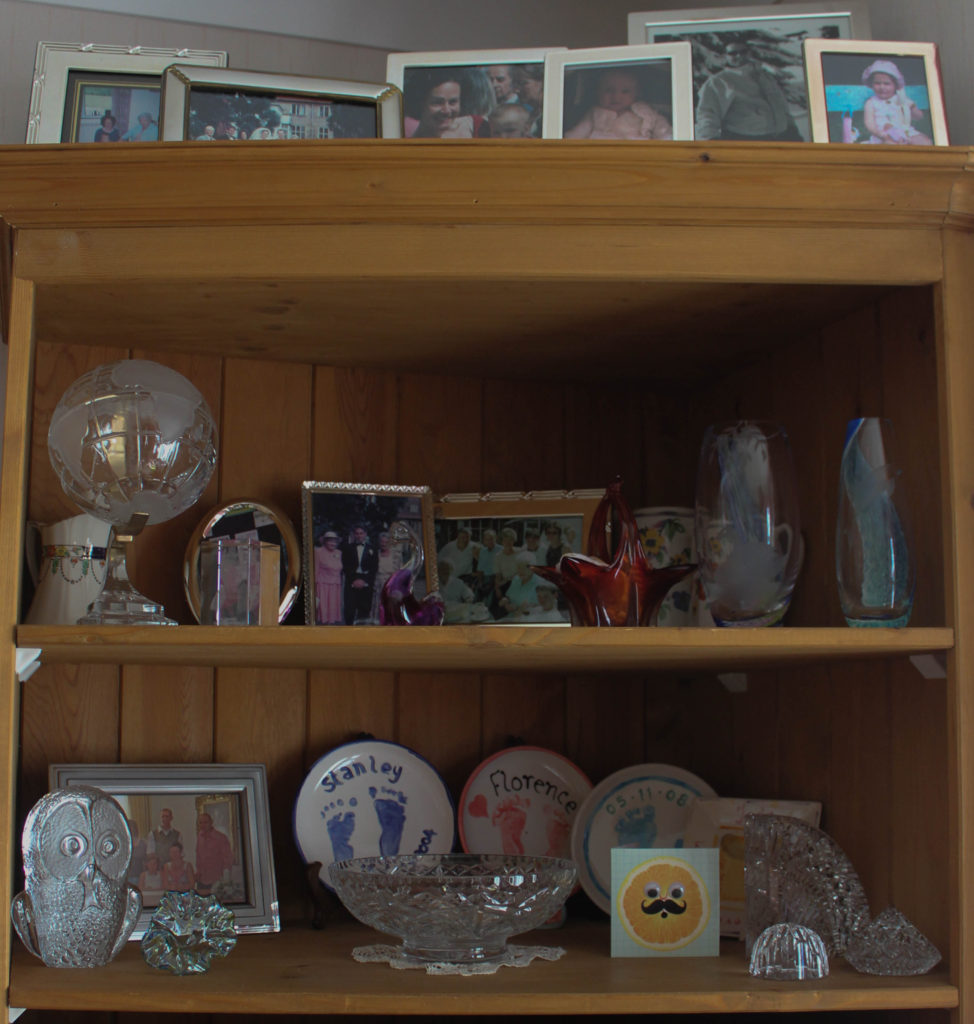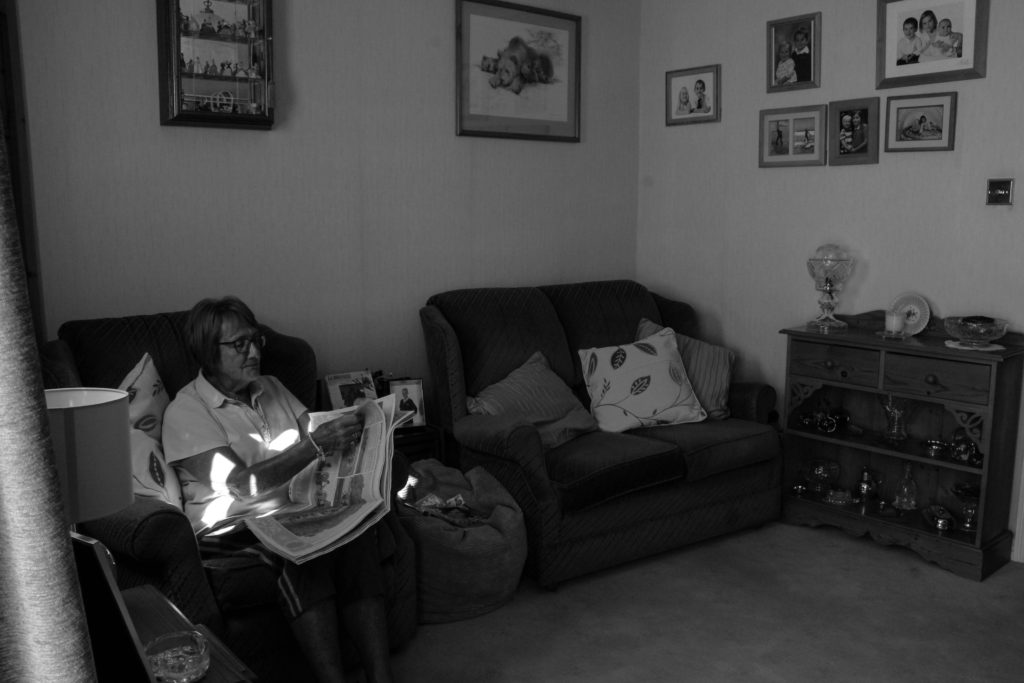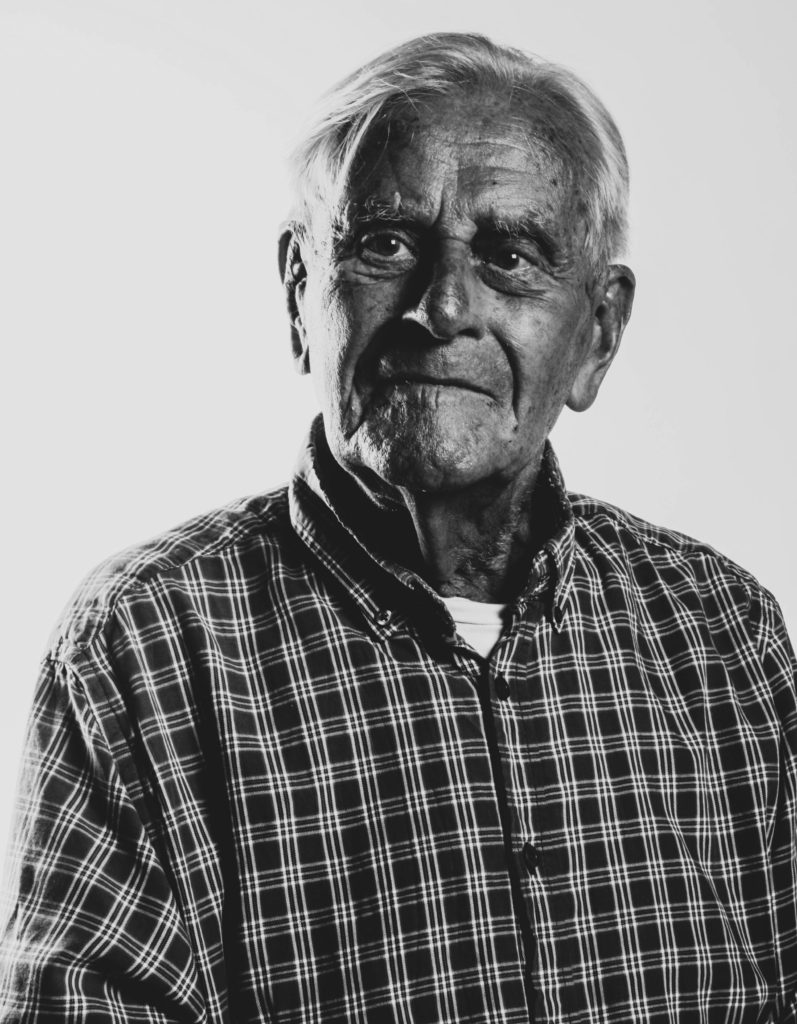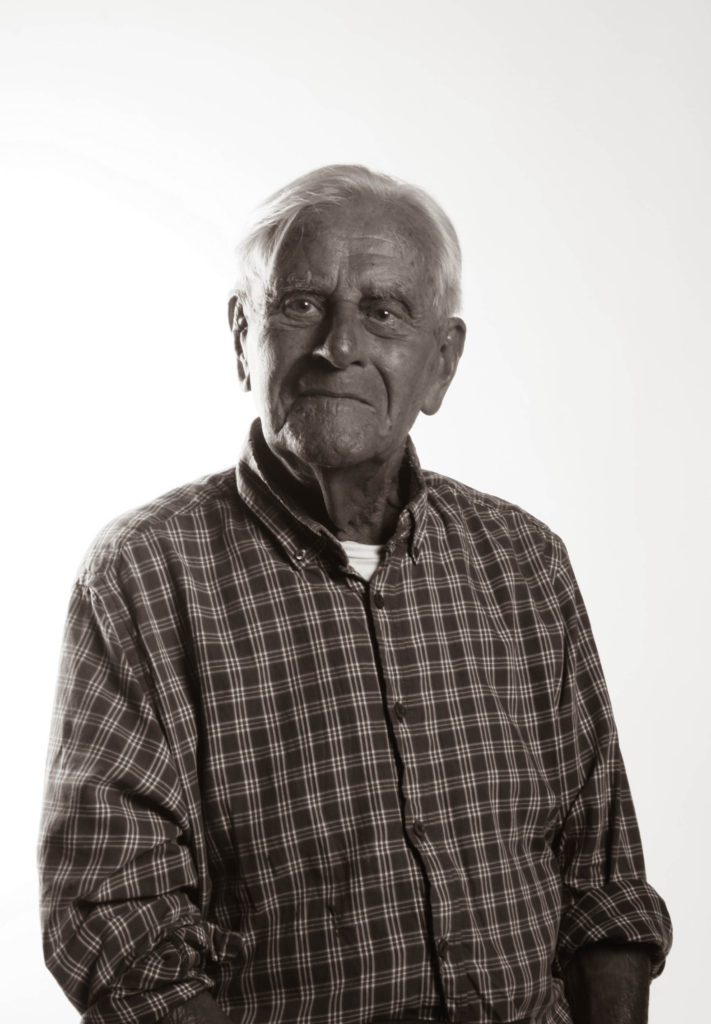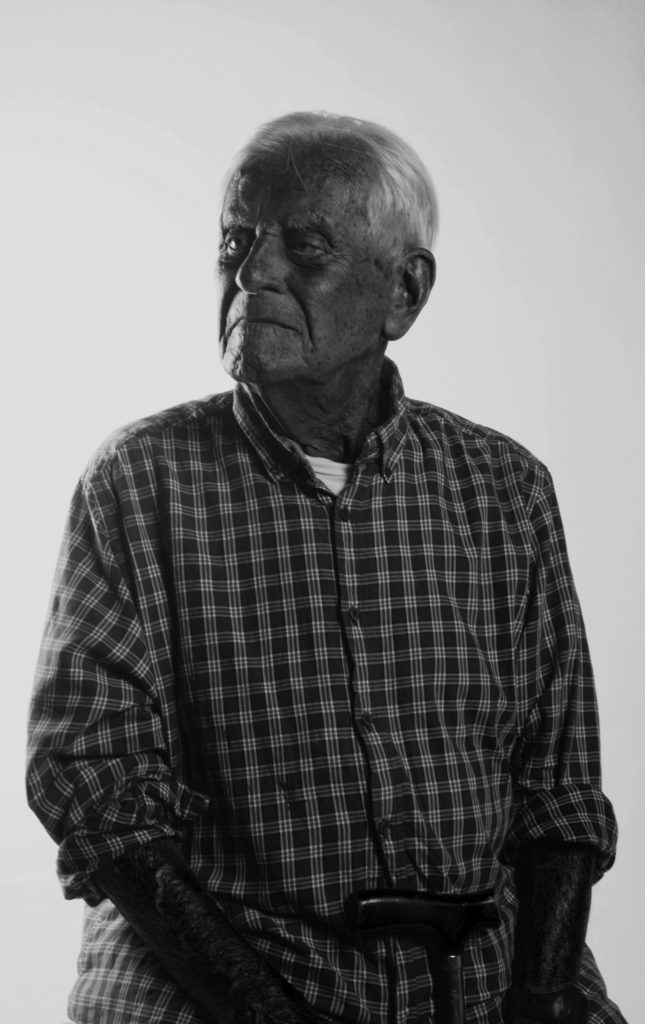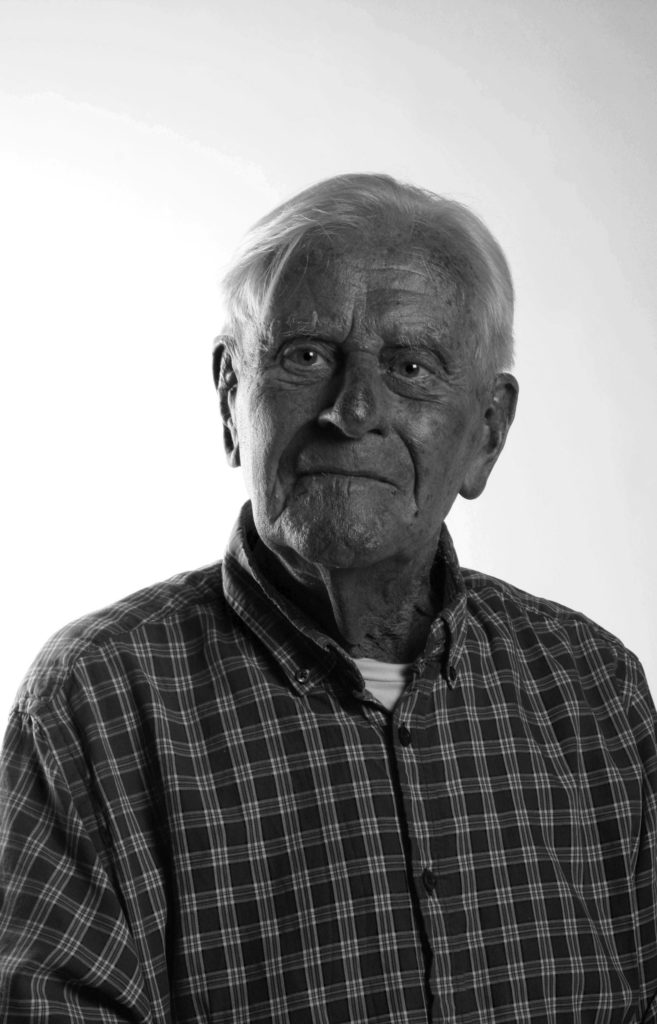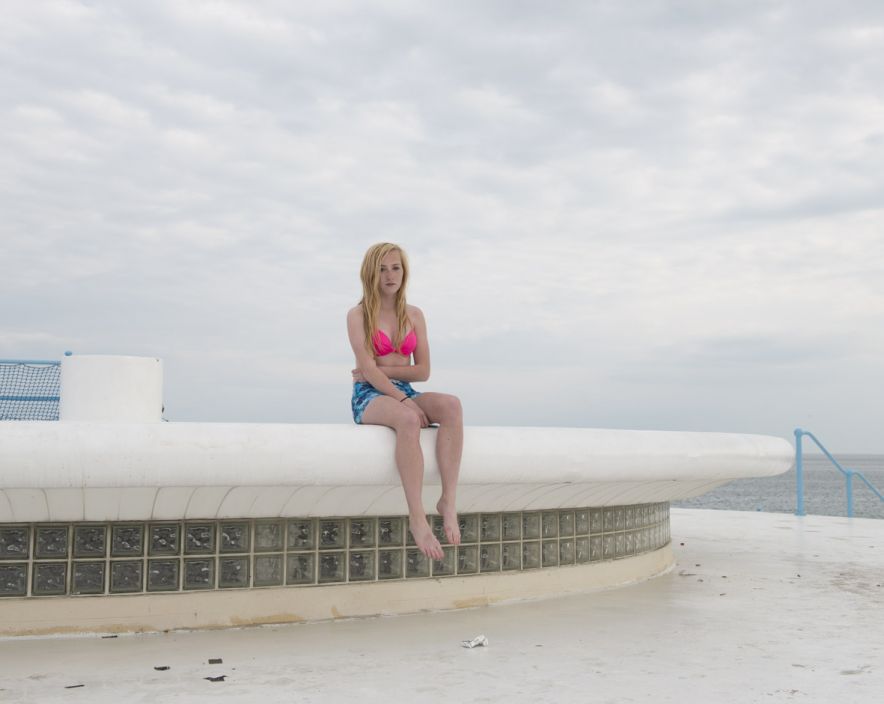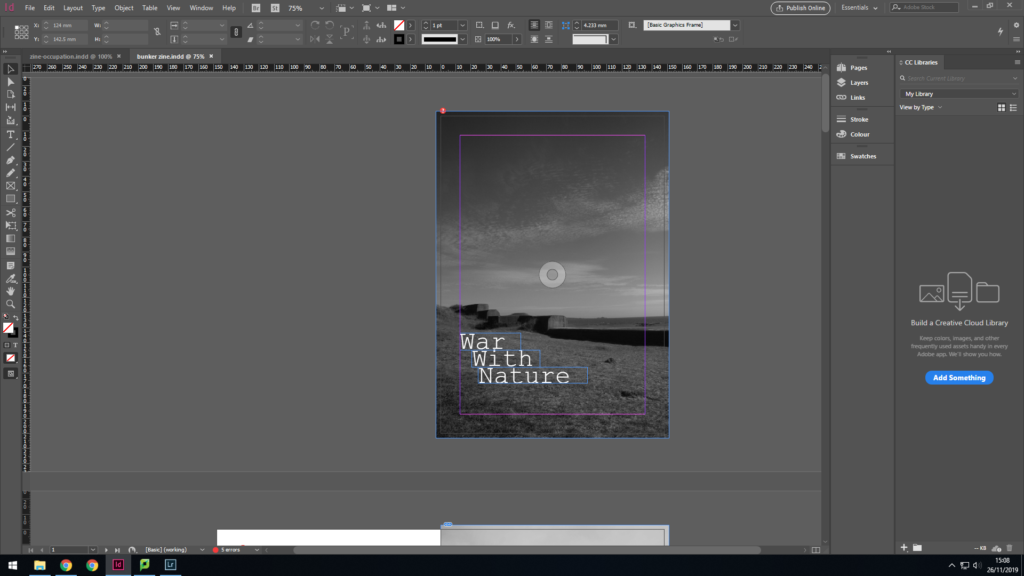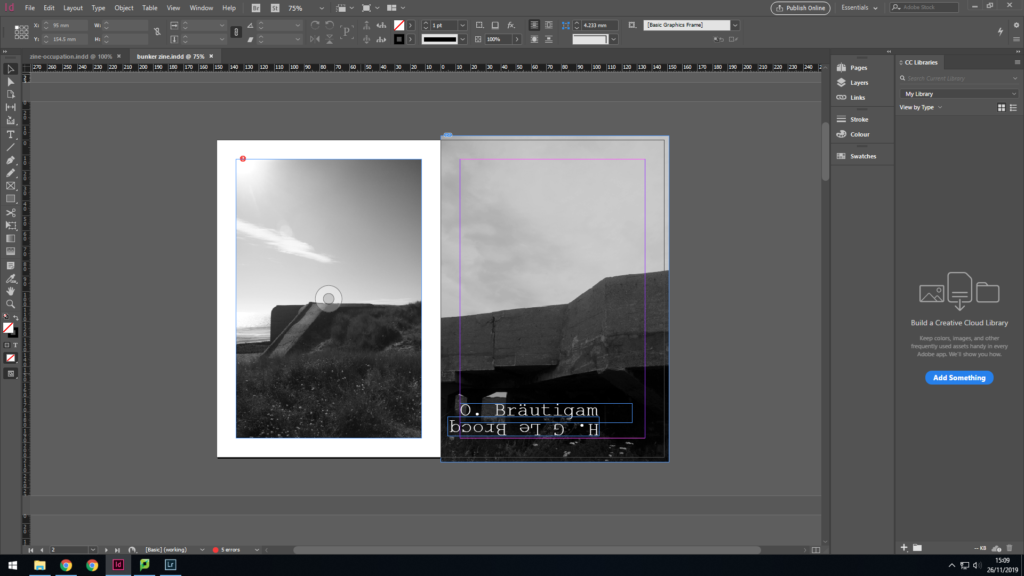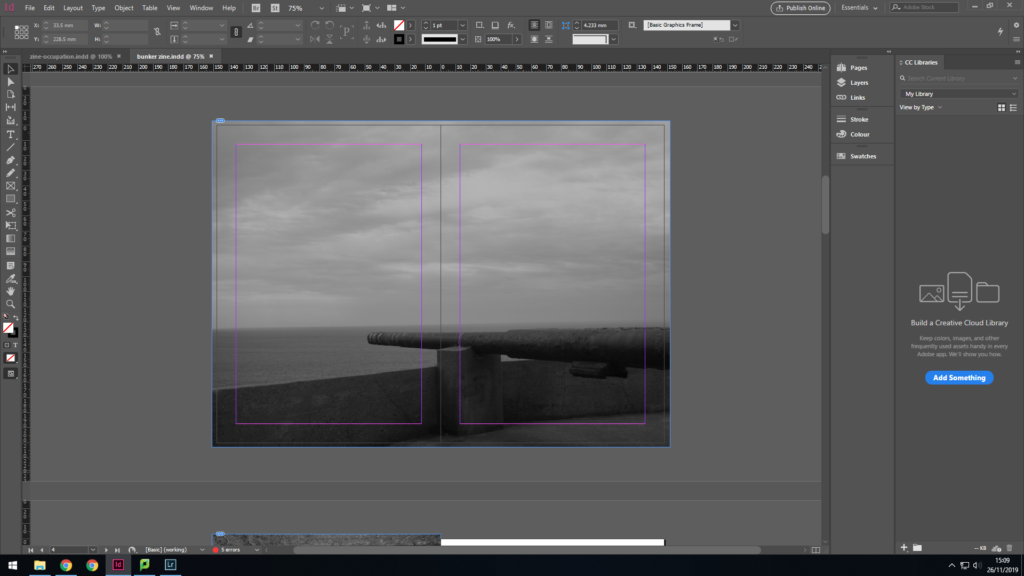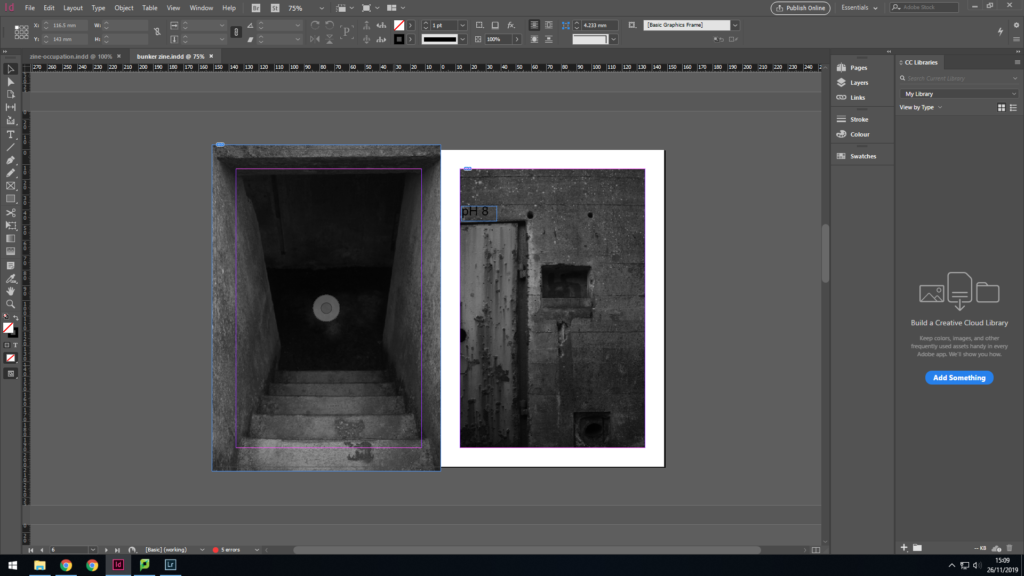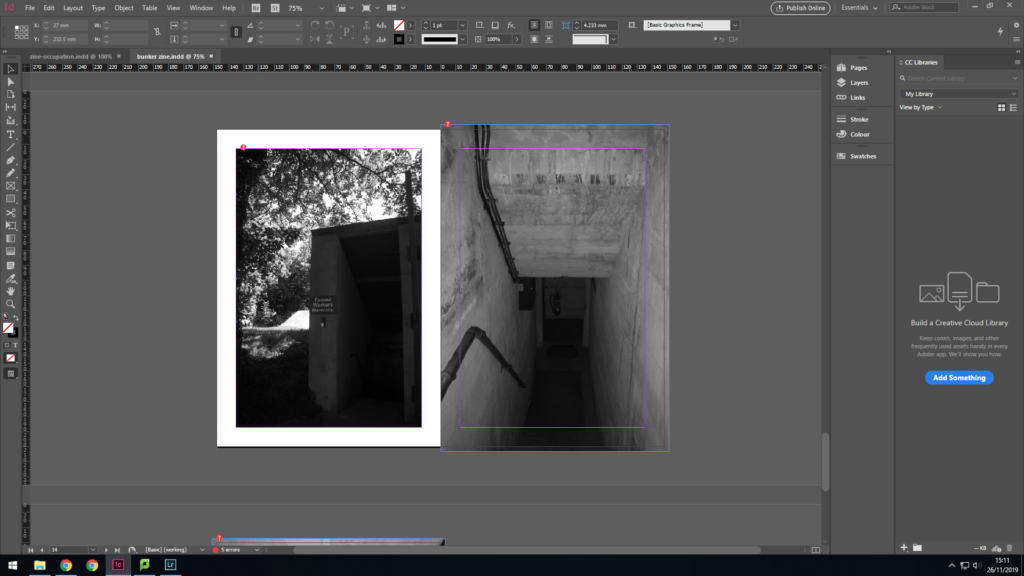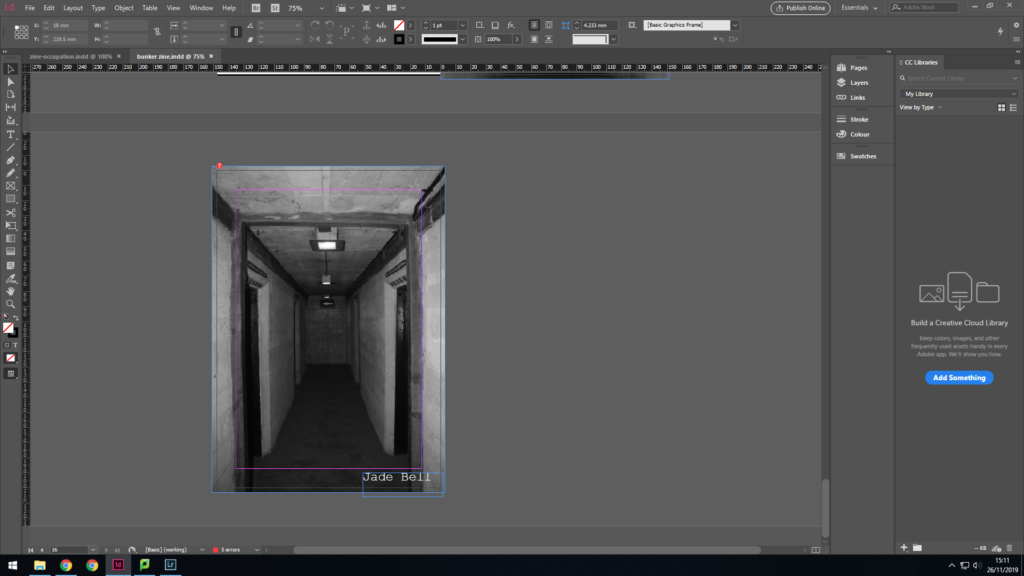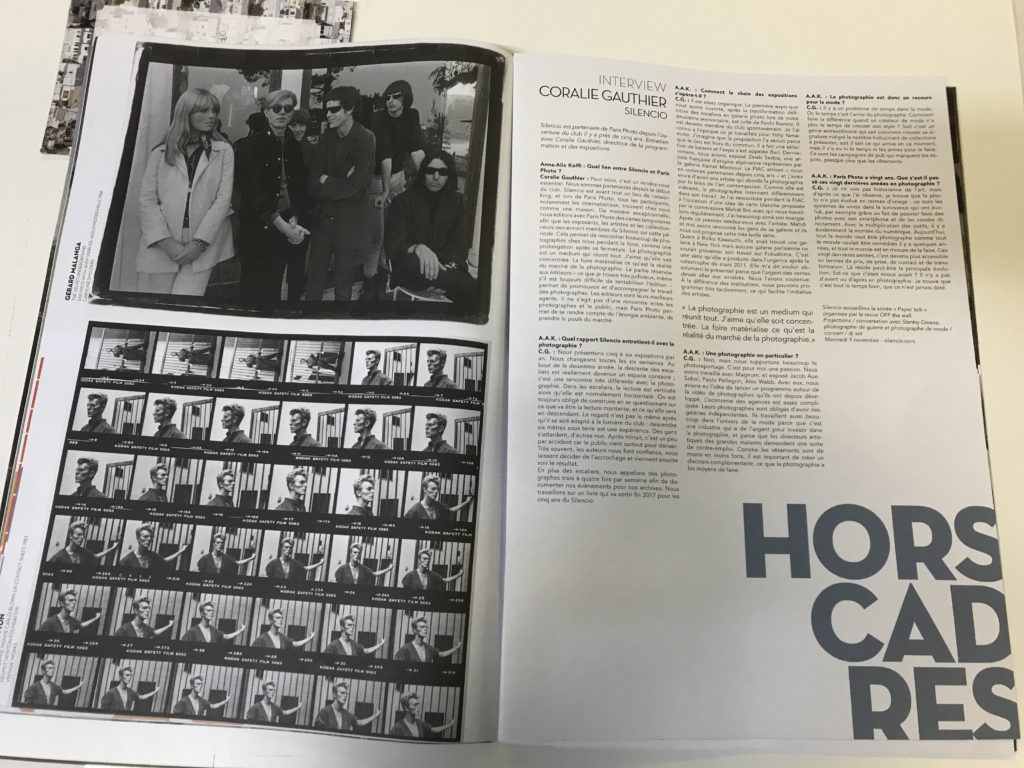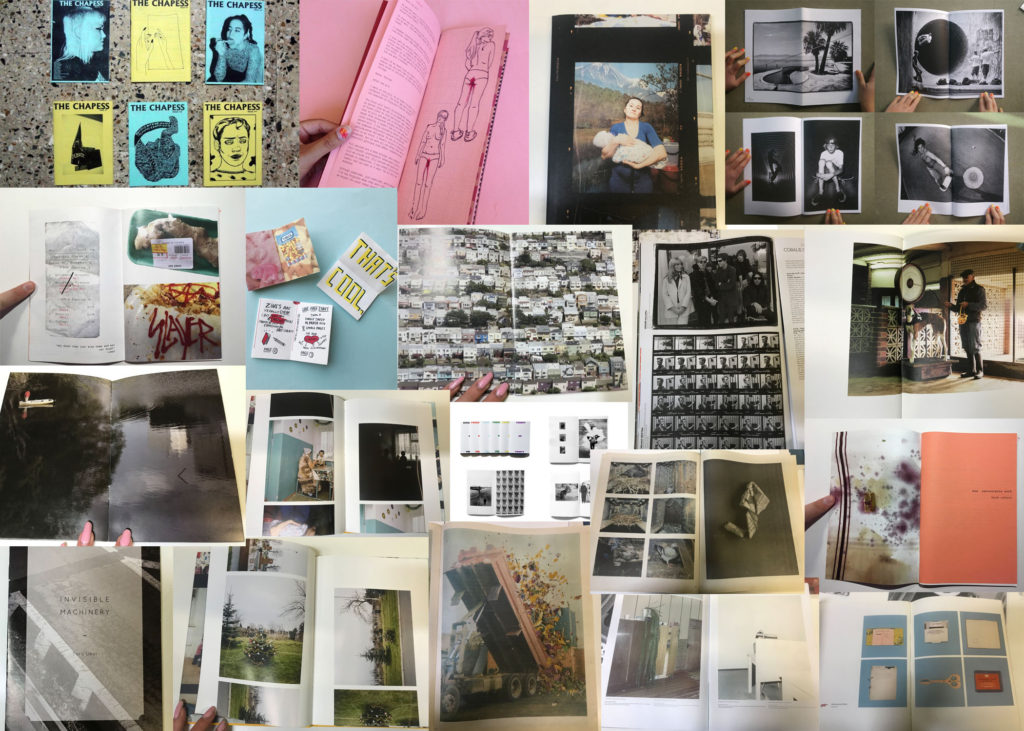The definition of still life is a painting or drawing of an arrangement of inanimate objects, typically including fruit and flowers and objects contrasting with these in texture, such as bowls and glassware. Still-life art began to emerge in popularity during the 16th century but its roots date back to ancient times, it’s earliest form was of skulls, candles, and hourglasses as allegories of mortality ( vanitas were very popular at this time in the Netherlands, this is a collection of objects that symbolise the inevitability of death and the vanity of materialistic achievements and pleasures, it exerts the idea of repentance) as well as fruit and flowers which represented natures cycle and the seasons. The genre became of high demand for wealthy middle class to decorate their homes with as it was a modern form of art in comparison to the trends of portraits and religious art work. Today still life is a part of modern art but focusing on more contemporary objects to show how times have changed.
Analysis:Pieter Claesz
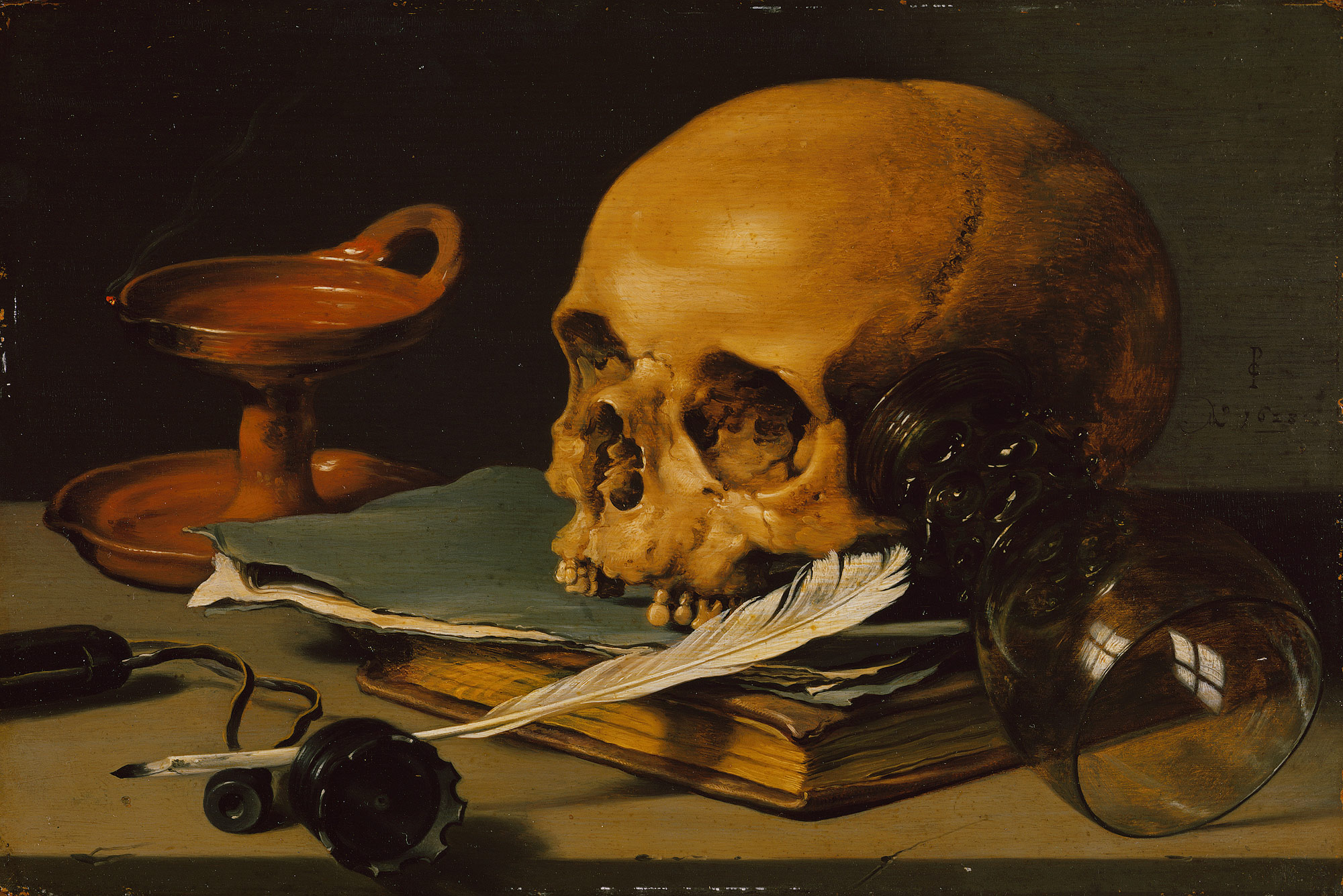
This art work is called A Skull and a Writing Quill and was painted 1628 by Dutch artist Pieter Claesz. It’s main focus is the skull as a vanita which was popular amoungst dutch artists, they symbolise mortality and how death it always inevitable. Vanitas were very popular at this time in the Netherlands, this is a collection of objects that symbolise the inevitability of death and the vanity of materialistic achievements and pleasures, it exerts the idea of repentance. The colours used are of a subdued palette with a monotone range this emphasises the depressive idea looming death and how life running up to it can we equally as depressing. Claesz is well known for including reflections in this art work this could symbolise the unknown paths of life and how their are parts that are light and happy, not all of it is gloomy, the white window relection goes in comtrast with the dark glass, like heaven and hell in a way. The quill adds a sense of reality maybe the skull is of a writers, this creates a more authentic feel that all types of people died, not just the poor as back in those times it was more likely for a person of the lower class to have a small life span due to lack of access to clean water, health care, shelter etc. The skull is a reminder of the transcience of existence. The depiction of the glass and quill whch were seen as luxury goods were often tempered by the presence of a skull or hourglass to remind the viewer that such luxuries would be of little use in the afterlife.

